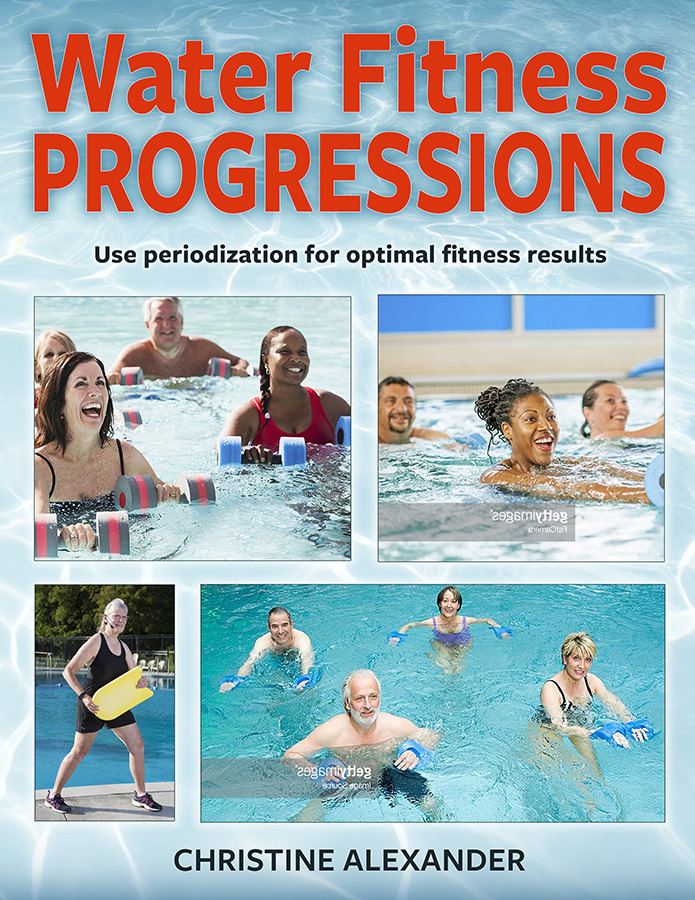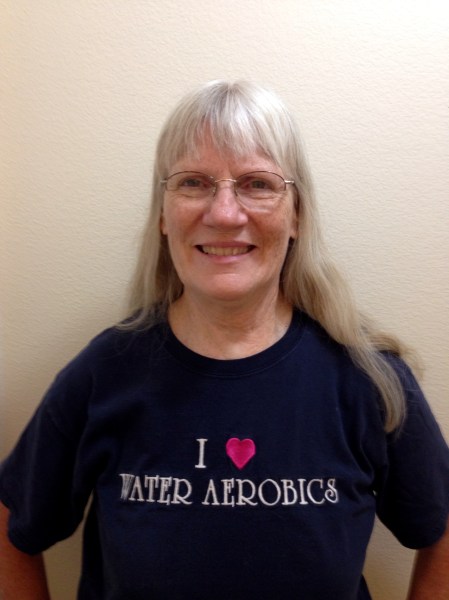HIIT, or high intensity interval training, is popular in all kinds of fitness formats. HIIT was named the #1 Fitness Trend for 2018 according to the American College of Sports Medicine’s world wide survey. During HIIT the goal is to work so hard that it becomes difficult to breathe in enough oxygen to supply the demands of the muscles. You are working at 80-90% of your maximum effort. Once you get to 90% effort, your body’s demand for oxygen exceeds the oxygen supply available. This is called crossing the anaerobic threshold. Your body must now rely on energy sources that are stored in the muscles. Since there is only a limited amount of energy stored in the muscles, this level of intensity can only be sustained for a short time, ranging from a few seconds to 2 minutes, depending on your fitness level. The recovery period in anaerobic exercise is important. If the recovery period is shorter than the high-intensity period, then the body is unable to achieve full anaerobic recovery. Therefore, in most cases the recovery is longer than the work.
HIIT improves both aerobic and anaerobic fitness. It has also been shown to improve blood pressure, cardiovascular health, insulin sensitivity, cholesterol profiles, and abdominal fat and body weight, according to the American College of Sports Medicine. HIIT burns more calories than continuous cardiorespiratory training, especially after the workout. This occurs because the heart and lungs work hard to supply oxygen to the working muscles and after the exercise ends, the body has excess oxygen to consume. About two hours are needed to use up the excess oxygen. This post exercise period adds around 15% more calories to the overall workout energy expenditure.
To increase intensity for interval training in water exercise you can increase the range of motion, increase the speed without decreasing the range of motion, go into the suspended position, and add acceleration by jumping or performing the exercise with power. (See my previous blog post: Make Your Heart Stronger with Intervals.) However to go into HIIT you will need to use two of the intensity variables at once, such as full range of motion with power, or speed with jumping. Try adding power while traveling. Another strategy is to work in two planes at the same time. You can do this by alternating one move in the frontal plane, such as a frog jump, with another move in the sagittal plan, such as tuck ski. A second way to work in two planes is to combine a leg move in one plane with an arm move in a different plane. Examples include kick side to side (frontal plane) with arms sweeping side to side (transverse plane); cross-country ski (sagittal plane) with rotation, hands together (transverse plane); and high kick (sagittal plane) clap over the leg (transverse plane) and under the leg (frontal plane). When you are working at 80% of your maximum effort you are able to grunt in response to questions but can only keep up the pace for a short time. At 90% of your maximum effort you will feel like you can’t do this much longer.
Since periods of high intensity are alternated with periods of recovery, HIIT provides the exerciser the opportunity to experience the extra benefits of intense exercise without creating an experience that is negative or unpleasant. However, not everyone in a class is willing or able to do HIIT. Some may have an injury that prevents them from performing certain moves. Some may have a condition that makes working at that level contraindicated. Some just may not be able to push it hard that day. For safety’s sake, participants should always modify the intensity to a level that is challenging for them rather than trying to keep up with other participants.
My book Water Fitness Progressions has information about HIIT along with sample lesson plans that include high intensity intervals with a variety of ways to configure the intervals. To order the book from the publisher, click on the title. The book can also be ordered from Amazon.com


See you in the pool!
Chris Alexander

I am pleased that I detected this web blog, just the right
information that I was searching for!